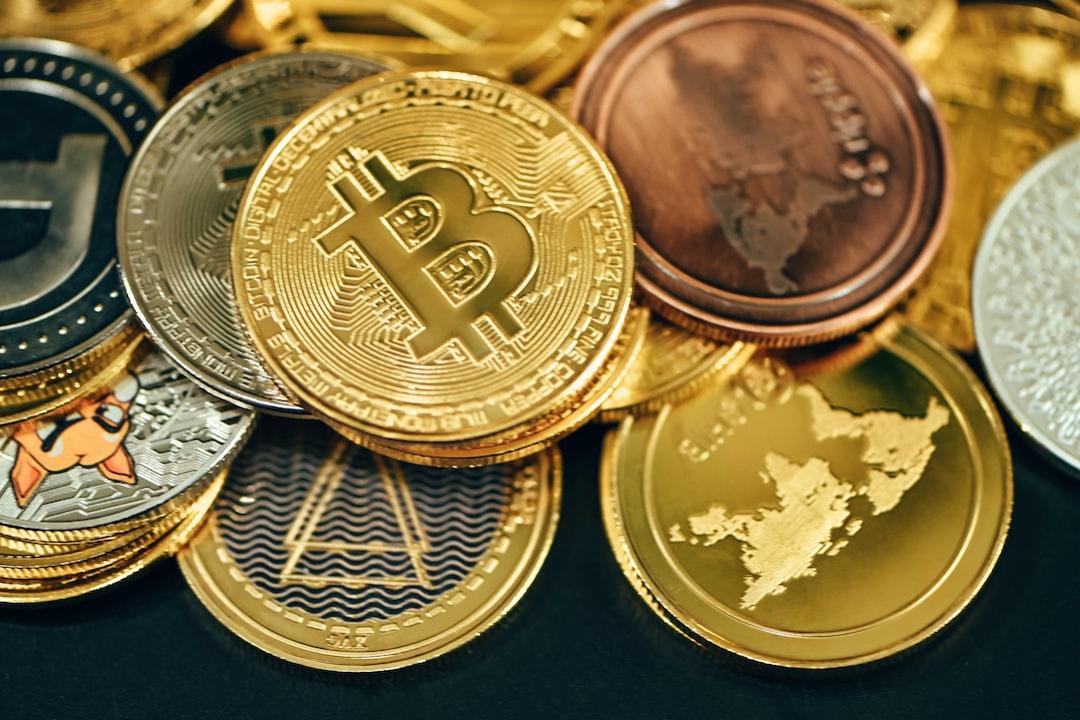Here is the English translation of the news article:
Optimism Introduces New Features for L3 Developers
Polygon CEO Skeptical of L3 Roadmap
According to the official announcement by Optimism, the network will be launching two new features to facilitate L3 developers building on the OP Stack and integrating into its Superchain ecosystem, with revenue sharing with the Optimism Collective. The two new features are “Custom Gas Tokens” and “Plasma Mode”.
“Custom Gas Tokens” is a highly anticipated feature, currently in the final stages of development, which allows developers to use second-layer tokens as the native gas tokens for third-layer protocols. This reduces onboarding costs as it eliminates the need for expensive gas token transfers from Layer 1 to Layer 2 to Layer 3.
Plasma Mode is an alternative to the Data Availability (DA) layer. With this feature, L3 only needs to submit transactions to Layer 2 (L2) instead of the Ethereum mainnet, significantly reducing the costs associated with data commitments and output root. This reduction in fixed overhead costs makes deploying L3 on the OP Stack a more viable option.
Networks built on underlying blockchains like Ethereum are referred to as Layer 2 (L2) networks, which offer higher throughput and transaction speeds than the base layer, while still benefiting from the security guarantees of the underlying network. Layer 3 (L3) networks are then built on top of L2, primarily to host specific decentralized applications, providing enhanced solutions for scalability, performance, interoperability, customization, and cost.
The Optimism team states that L3 networks built using the OP Stack within their Superchain ecosystem will be eligible for retroactive funding, airdrops, and developer grant programs, although there may be some limitations in certain functionalities like interoperability.
However, not all industry participants agree that L3 is the right path for Ethereum scaling. Polygon CEO Marc Boiron had previously stated in April that L3 networks are unnecessary and may increase the security risks of Ethereum, as they extract value from it.
Following Optimism’s announcement of the new features, Marc Boiron reiterated his stance, claiming that “L3 is worse than L2” and outlined several drawbacks of L3 networks, such as the inability to frequently and quickly return to Ethereum like L2 networks, and the potential for L3 networks to be constrained by L2.
Furthermore, Marc Boiron continued to emphasize that networks built using Polygon’s services (Polygon CDK and AggLayer) can provide a better experience than L3

